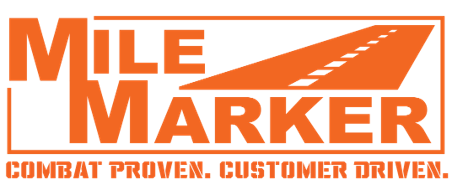

































































































Need to grow, fix or exit your business?
© 2024 Qorval All Rights Reserved | Privacy Policy | Sitemap


































































































Need to grow, fix or exit your business?